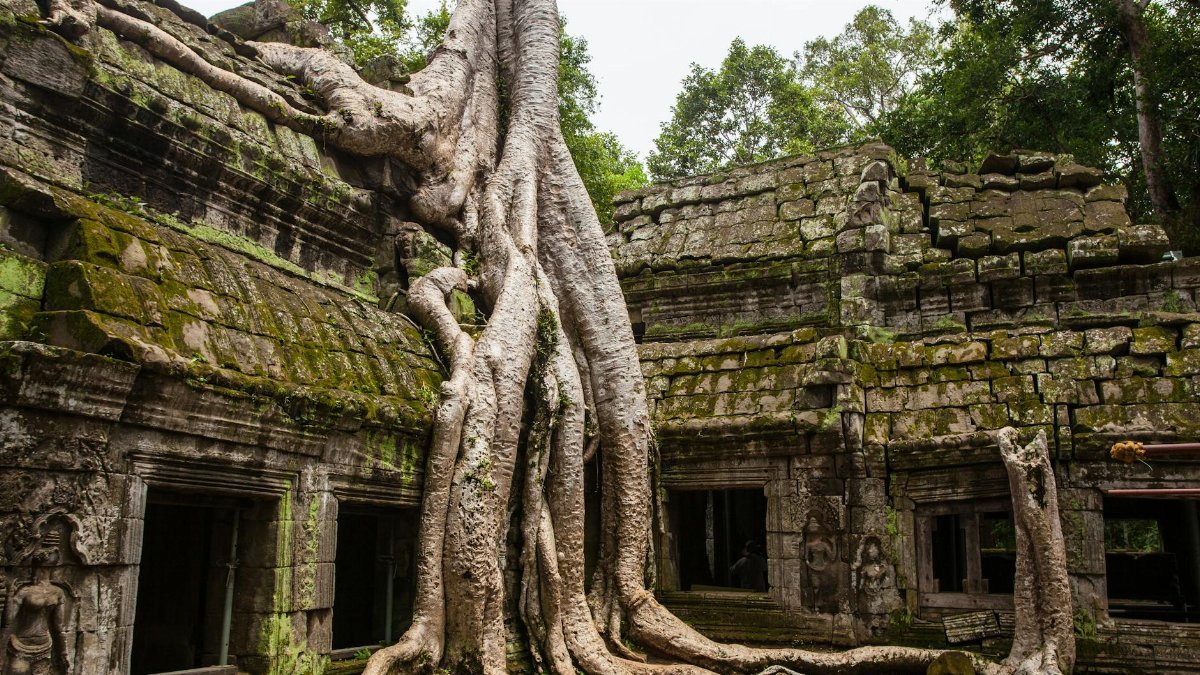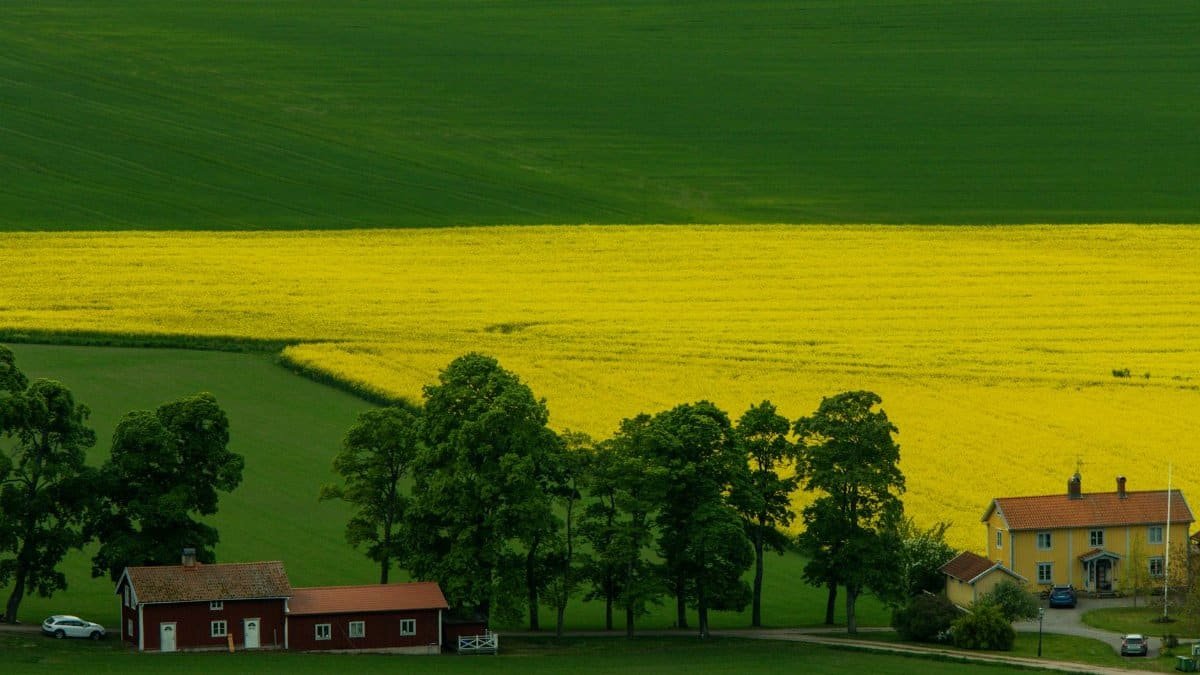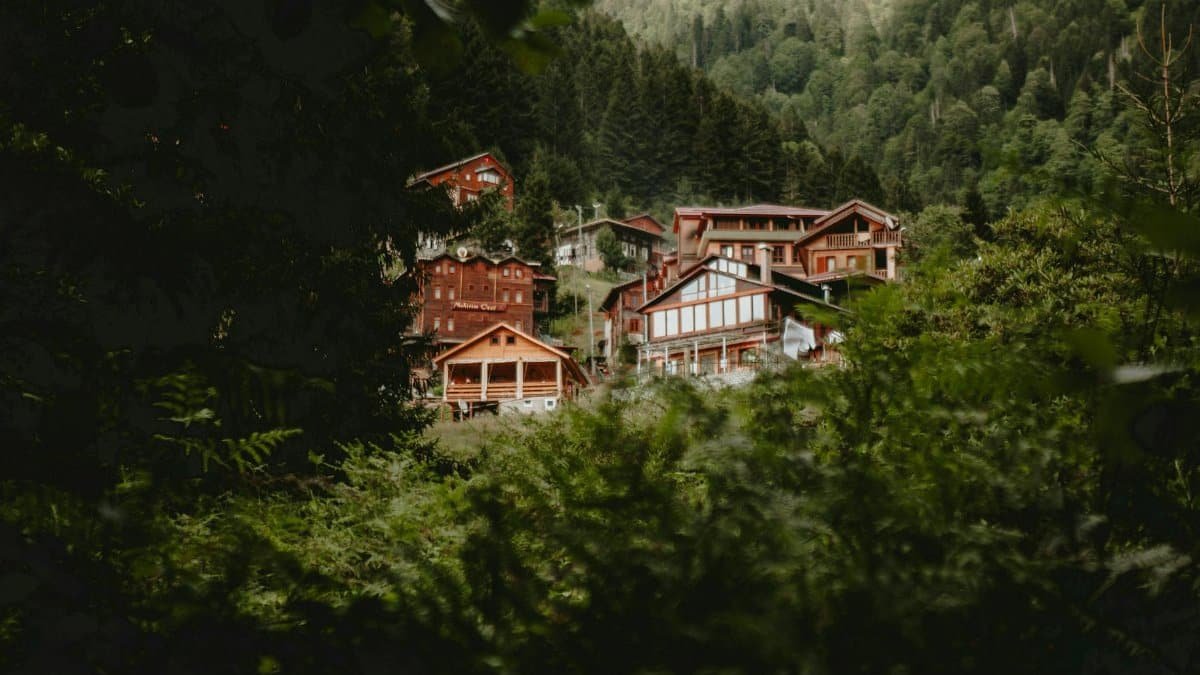Imagine standing in a vast forest, sunlight filtering through ancient trees, a quiet so profound it feels sacred. This isn’t a hike in the Pacific Northwest, though. It’s the sensation crafted within a living room in suburban Seattle, where the principles of awe architecture homes transform everyday spaces into sanctuaries of wonder. These designs—rooted in the idea of evoking deep emotional resonance through built environments—draw from nature’s playbook, using light, texture, and even scent to mimic the restorative power of the outdoors. For many Americans, overwhelmed by digital noise and urban grind, such homes offer a tangible escape. They’re not just places to live; they’re spaces engineered to inspire, to pause, to breathe. As this trend gains traction in 2025, it’s worth examining how these designs work, why they matter, and what they reveal about our collective yearning for connection.
The Roots of Awe Architecture

At its core, awe architecture homes aim to replicate the psychological and physiological benefits of nature within four walls. The concept isn’t entirely new—think of Frank Lloyd Wright’s Fallingwater, where the home seems to emerge from the landscape itself. But today’s iteration focuses explicitly on evoking awe, that mix of reverence and smallness felt in the presence of something vast. Architects draw inspiration from forest therapy, or shinrin-yoku, a Japanese practice of immersing oneself in nature to reduce stress. Studies, like those from the National Center for Biotechnology Information, show that exposure to natural elements can lower cortisol levels and improve mood. Modern designers translate this by integrating biophilic elements—living walls, expansive windows, and natural materials—into homes to trigger similar effects.
This isn’t just about aesthetics. It’s about measurable impact. Architects now collaborate with neuroscientists to understand how spatial design influences brain activity, crafting environments that nudge the mind toward calm or wonder. The result? Homes that don’t just look like nature but feel like it, too.
Windows as Portals to Wonder

One of the most striking features of awe architecture homes is the use of window geometry. Designers play with scale and placement to frame the outside world as a living painting. In a home outside Denver, for instance, a floor-to-ceiling triangular window captures a jagged slice of the Rockies, making the mountain seem almost touchable from the couch. Such designs aren’t random. Research from the Harvard Center for Health and the Global Environment suggests that views of nature through windows can reduce stress and improve focus, even in urban settings where the “nature” is a single tree in a courtyard.
These windows often forgo traditional grids or frames, opting for seamless glass that blurs the boundary between indoors and out. The effect can be startling. On a gray morning, the room might feel like it’s floating in mist. It’s a deliberate choice, meant to pull residents out of their heads and into the present.
Scent and Sound: Invisible Design Tools

Walk into an awe-inspired home, and you might catch a faint whiff of cedar or moss, released by discreet diffusers tucked into vents. Scent is a powerful, often underused lever in architecture. It taps directly into memory and emotion, as noted in findings from the Monell Chemical Senses Center, which studies how olfactory cues influence well-being. In these homes, fragrances mimic forest air, subtly shifting the atmosphere without overwhelming.
Sound plays a role, too. Some designs incorporate hidden speakers that play low-frequency recordings of rustling leaves or distant streams, barely audible but enough to soothe. One homeowner described the effect as “like having the woods whisper to you while you work.” These elements aren’t gimmicks; they’re grounded in science showing that natural sounds can lower heart rates, a point reinforced by studies accessible through the National Park Service’s sound research.
The Emotional Pull of Vastness

Awe architecture homes often play with scale to evoke a sense of the infinite. High ceilings with exposed beams can mimic the canopy of a forest, while open floor plans create a feeling of boundlessness. It’s not uncommon to find a central atrium or skylight that draws the eye upward, reminding occupants of their place in a larger world. This isn’t just about grandeur—it’s about humility. Psychologists argue that awe reduces self-focus, fostering connection and gratitude, emotions often lost in daily stress.
In a home near Austin, a double-height living space opens to a glass wall overlooking a canyon. Standing there, a visitor might feel dwarfed, yet oddly comforted. It’s a paradox awe architecture exploits: making us feel small to make us feel whole.
Challenges in Bringing Awe Home

For all its promise, awe architecture isn’t without hurdles. Cost is a big one. Custom windows, natural materials like reclaimed wood, and integrated tech for scent or sound can push budgets skyward. Not everyone can afford a home that doubles as a therapeutic retreat. There’s also the risk of overdesign—when the pursuit of wonder feels forced or inauthentic, like a theme park version of nature.
Accessibility poses another issue. These designs often assume sprawling lots or scenic views, which aren’t realities for urban dwellers in cramped apartments. Architects are grappling with how to scale down awe for smaller spaces. Can a single potted tree and a well-placed mirror evoke the same feeling as a panoramic vista? It’s a question still unanswered, though experiments in modular biophilic design suggest hope.
Why Awe Matters in 2025

As life accelerates—think endless notifications, hybrid work blurring boundaries, and climate anxiety looming—there’s a growing hunger for spaces that ground us. Awe architecture homes tap into that need. They’re not a cure-all, but they offer a counterweight to chaos. Recent online discussions reveal a shared sentiment: people crave environments that don’t just house them but heal them. One anonymous account described moving into a nature-inspired home as “like finally exhaling after years of holding my breath.”
This trend reflects broader shifts in how Americans view wellness. It’s no longer just about diet or exercise; it’s about where we spend our hours. With mental health challenges on the rise, as reported by various national surveys, the home as a site of restoration feels urgent. Awe architecture isn’t a luxury—it’s becoming a lifeline.
Designing for the Future

Looking ahead, the principles of awe architecture homes are likely to seep into more mainstream design. Already, developers in cities like Portland and Minneapolis are experimenting with biophilic elements in multifamily housing, weaving green courtyards and natural light into apartments. The challenge will be balancing affordability with impact, ensuring awe isn’t reserved for the affluent.
There’s also potential for tech to deepen these experiences. Imagine smart homes that adjust lighting and scent based on your mood, detected through wearable devices. It sounds futuristic, but prototypes are already in play. The goal remains the same: to craft spaces that don’t just shelter but transform, reminding us of the wonder woven into the natural world—and into ourselves.
